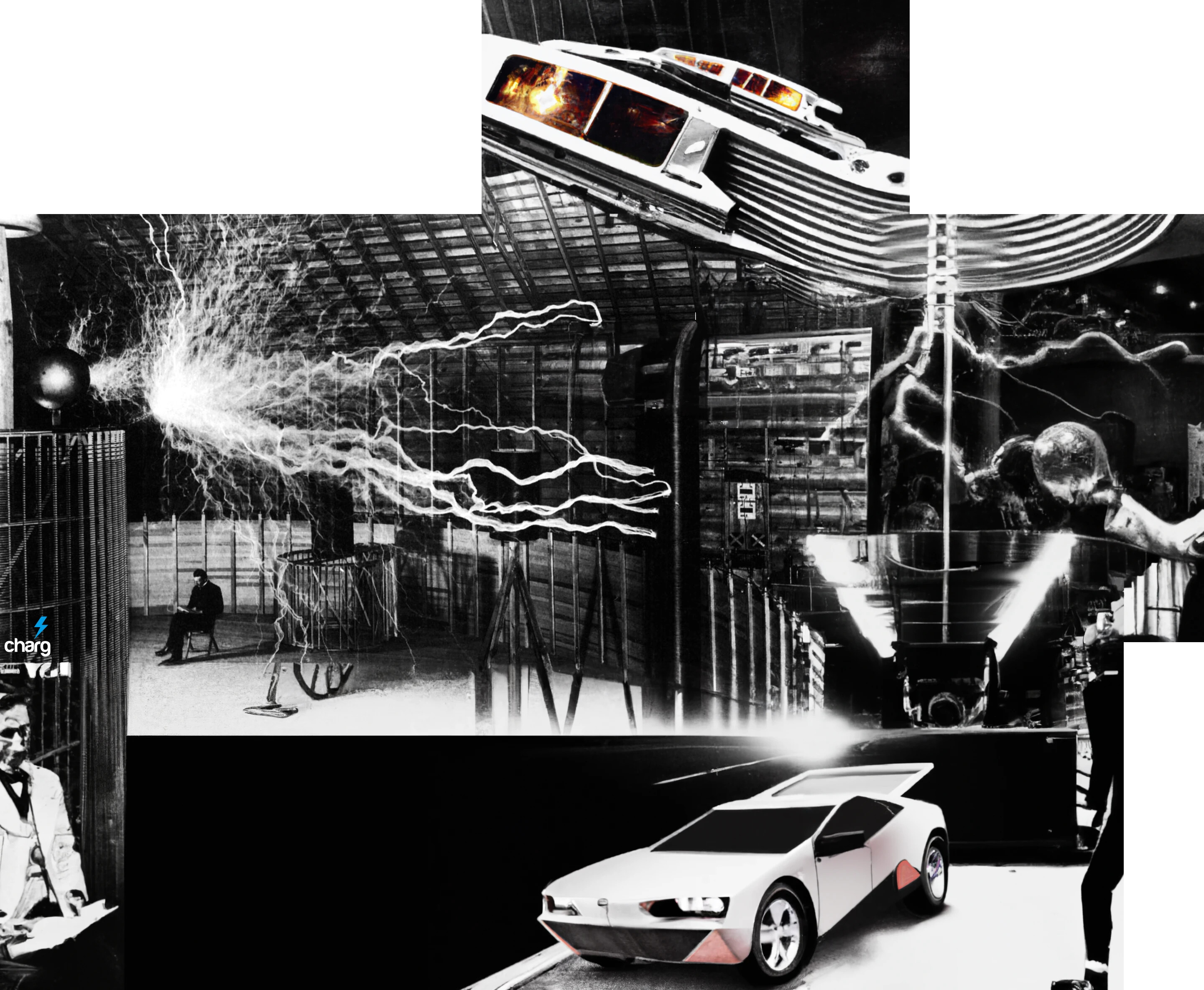… for compression technique as well as various other use cases. What happens when you make a spring inside a spring by wrapping our coil around a needle, then forming this coil into another coil? How many times can this technique find itself stacked?
Think in terms of both hardware and software.. Can we compress our wave by further increasing the fidelity or saturation of our signal in this way? Coil the coil’s coil’s coil? Can a wave, itself, have another wave riding it?
Prof Anthony Marchese, Ph.D. assigned me to build him a means of auto-combusting one droplet of diesel falling at the speed of gravity. He had provided as material a little ceramic pipe which could be sawed off into 1/4” sections, a variable DC power supply, some platinum wire, an eye drop implement, alligator clips, and the specs for which I don’t recall if it was a drawing or just a description of what he was looking for - a coiled coil (that’s twice coiled) of the platinum wire following the inside wall of the pipe, owing its spark to the power supply.
Being at the time about 20 and altogether unfamiliar with power supplies, I set to work vaporizing a coil of platinum. For anyone unfamiliar, a variable DC power supply has two dials denoted amps and volts. It’s not too high of a learning curve, but the finesse is in the details of muscle memory when refining to a resistor, you know, not unlike one found in a toaster.
I must have gone through about half that coil learning how to tune the variable snippets of platinum into white hot without blowing smoke.
I had my own idea for the design. Instead of coiling along the inside of the section of pipe with what could be described as a lightbulb filament patterned as a helix, I felt it better to change some things.
I noticed that if you preheat the outside of the ceramic with another wind of the same coil, you can significantly preheat the inside temperature of the tube. Instead of going for white hot, I focused on less surface area being exposed to our combustible and more surface area outside our tube via an outside-the-tube helix. In effect, the platinum would last longer because it no longer had to be heated all the way to white hot In order to achieve combustion.
My final design was a coil on the inside of the tube joined by a coil on the outside of the tube along with an optimal wattage to pair with. Worked.
I scurried over to Marchese to share my findings. He found a sewing needle and began to wrap some platinum around it in a tight coil. He showed me that this is what he wanted - one coiled coil inside of the ceramic, no coil outside the ceramic.
I went back to the lab with him, we hooked up his design, and the coiled coil along the inside of the ceramic tube achieved combustion at the speed of gravity.
The optimal design is probably a combination of the two - incorporating a second ceramic tube outside of the first and more layers of coils, with no need for an inside coil at all to contaminate, and that lightbulb filament pattern to boot. But I’m all out of platinum wire ![]() .
.
*Source: Propane Could Be the New Diesel with $3.5M U.S. DOE Grant





